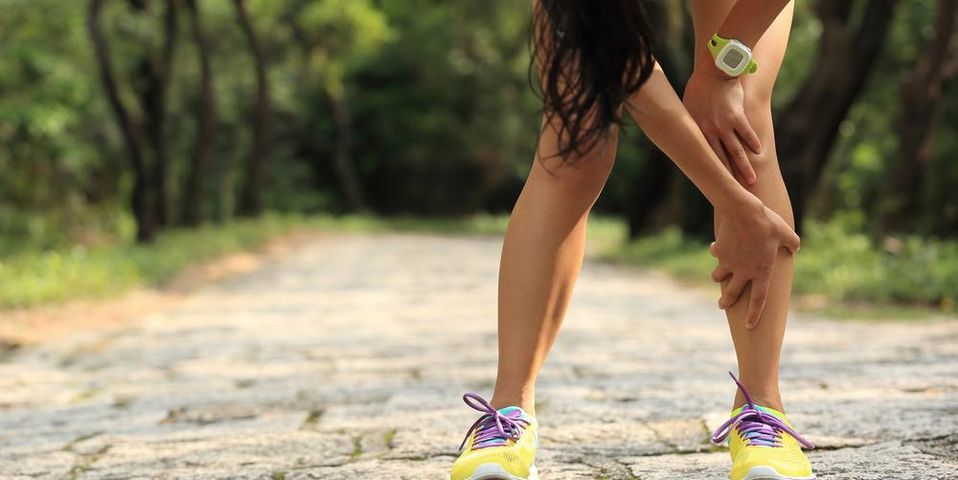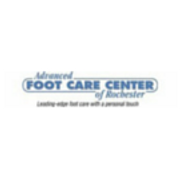Foot Pain Experts Explain How to Deal With Shin Splints

If you’re physically active, you’ve probably experienced the intense lower leg pain commonly known as “shin splints.” Before it ruins your workout and possibly sidelines your progress, it's important to understand the underlying cause of them. Foot pain specialists at Advanced Foot Care Center of Rochester located in Fairport, NY, examine the reasons for shin splints and how to remedy them.
Shin Splints 411: A Foot Pain Specialist Explains What You Need to Know
Though clinically termed “medial tibial stress syndrome (MTSS),” shin splints are a generic name for lower leg pain. They are an impact injury, usually caused by physical activities, particularly those that include running. Many athletes training for a new program develop lower leg pain due to overtraining or attempting to adjust to new fitness routines too quickly.
Initially, the strain will develop on either side of your shin—these pains are called anterior (outside) and medial (inside) shin splints. The pain radiates and throbs, leaving sufferers with achy, tender legs. It's important to see a foot doctor if the pains don't go away after home treatment, as it could indicate a more significant problem. Shin splints can be caused by several underlying issues, which include overpronation (flat feet), muscle overuse, muscle weakness, and stress fractures.
 Luckily, there are several ways to treat and prevent shin splints. These include:
Luckily, there are several ways to treat and prevent shin splints. These include:
- Ice: Apply ice to the affected area every three to four hours for 30 minutes for two or three days to reduce swelling.
- Rest: Attempt to limit activity. The more you try to push yourself, the worse your injury will be.
- Orthotics: Add orthotics to your shoes and limit wearing high heels. Orthotics can also help with symptoms of heel and arch pain. Ask your foot doctor for brand recommendations.
- Stretch: Proper warm-up methods that include stretching your Achilles tendons and your calves can prevent shin splints and foot pain.
- Physical Therapy: Sometimes, shin splints are caused by gait, posture, and your body’s natural stance. Book an appointment with a physical therapist to learn proper stretching and form techniques.
Physical activity is important, but it’s also critical to ensure that it doesn’t cause you discomfort. If you experience foot pain or shin splints, the specialists at Advanced Foot Care Center of Rochester can diagnose and treat your condition, so you can get back to normal activity levels. The compassionate medical staff also has extensive experience in remedying plantar fasciitis, arch pain, and other chronic podiatry issues. Schedule your appointment by calling (585) 249-0020 or visit them online to learn more.
About the Business
Have a question? Ask the experts!
Send your question

